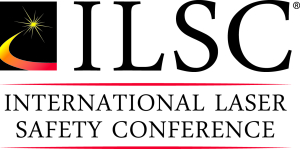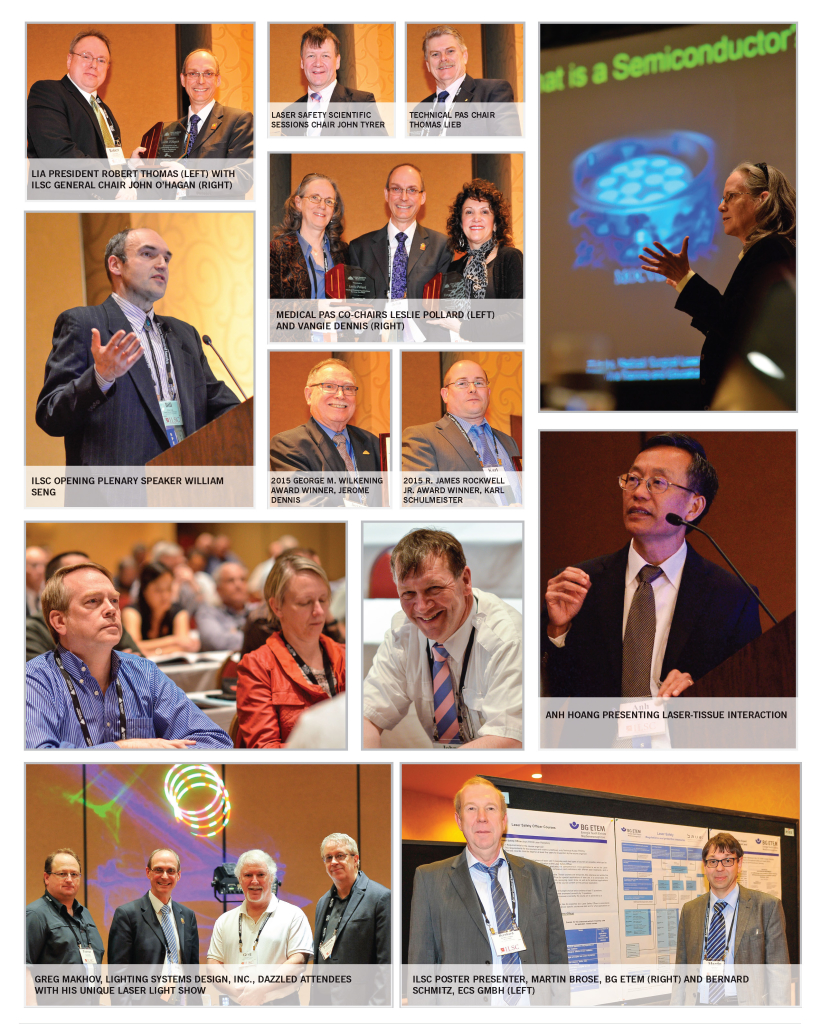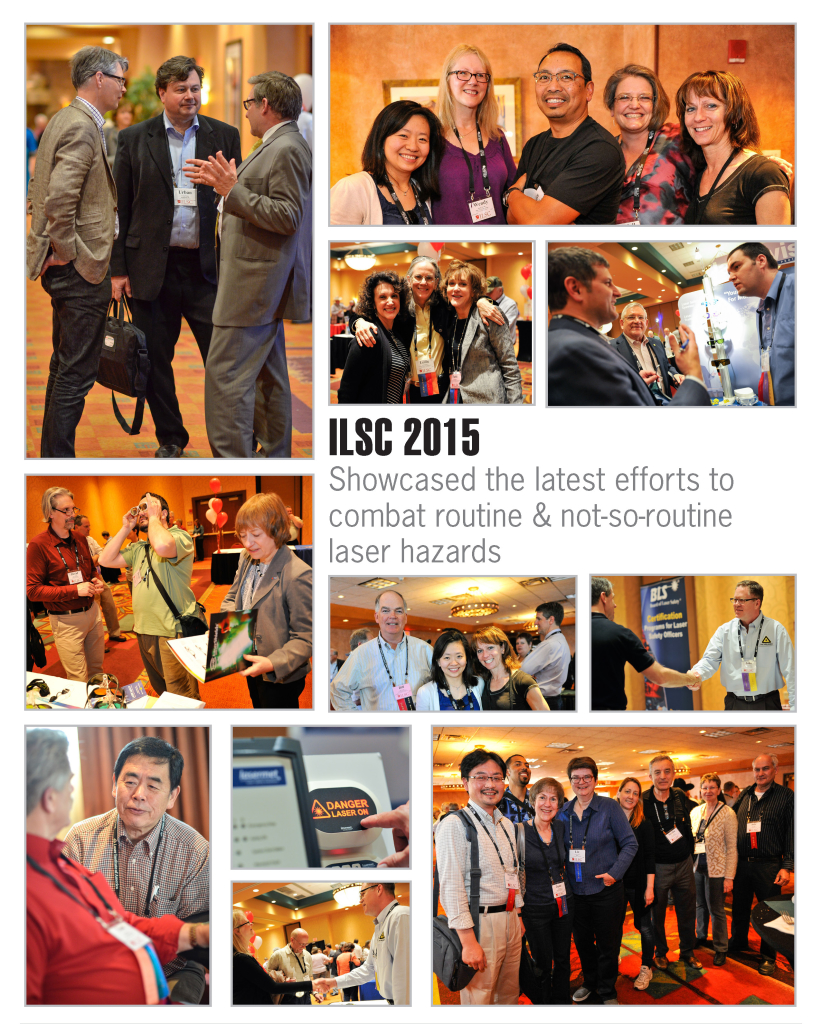Whether in the airway of a patient, the harsh environment of the Arctic or even in outer space, unique challenges continue to emerge in the battle against laser hazards.
Every two years, the International Laser Safety Conference (ILSC®) spotlights the latest efforts to combat routine and not-so-routine hazards. Amid long-standing discussions about standards, calculations, surgical plumes, tissue interactions and laser pointer strikes on aircraft, invariably there emerges a collection of uncommon issues and solutions.
ILSC 2015, held Mar. 23-26 in Albuquerque, didn’t disappoint. As noted by LIA President Robert Thomas, ILSC illuminated issues with “lasers of immense peak powers, hand-held laser devices with power that cannot have been imagined a decade ago, and ever-expanding applications of the laser.” Here we examine some of the more novel concepts:
Air, Land and Sea Safety
Many of the more than 1,400 lasers at Sandia National Laboratories are employed in national-security tasks like detecting airborne toxins or assessing explosions, said opening speaker Bill Seng, who manages a department handling lasers, optics and remote sensing. Sandia’s technology ranges from enclosed indoor lasers to outdoor systems and run the gamut from UV to visible to IR to white-light lasers, Seng explained.
Sandia’s corporate laser safety officer (LSO) and 26 deputies help assess “what evil can happen” before research begins. Sandia’s stringent process for designing safe projects includes answering five questions: Who is the decision-maker? What are the unacceptable consequences? How can our system fail? What are the controls? How do we know the system works? Such “engineered” safety plans facilitate applications like remote laser sensing (5 km to 20 km away) to detect chemical, bio or nuclear contaminants. Sandia has LIDAR systems on aircraft, ships and even in the back of a van.
Baby It’s Cold Outside
Analyzing laser hazards can be demanding under the best circumstances; try doing it for an Arctic-based LIDAR to be deployed on the Greenland ice cap with temperatures ranging from highs of -11°C in summer to lows of -50°C in winter. Michael O’Neill of the University of Colorado, Boulder, detailed efforts to model hazards in the area surrounding the building housing the autonomous system that will run 24 hours a day seven days a week.
The station, at an altitude of 3.2 km about 500 miles from the coast, will feature a dual-headed setup that allows data collection to continue even if one head is undergoing maintenance. Optics will split the signal into six measurable components. The laser will be run at 400 mJ and 355 nm. Given environmental conditions, “we need to pump a lot of energy into the atmosphere.” Using the ANSI Z136.1 parent standard for laser safety, the team calculated multiple MPEs for the system “but chose to go with the repetitive pulse MPE value of 1.23.” While the Z136.1 standard uses a Gaussian beam, the laser in this scenario is a modified top hat-shaped beam.
After simulating beam interaction with super-cold fogs and snow at various distances from the building to ensure the safety of laser operators and others, “we feel the diffuse and specular reflections are below the MPE limits below the 10 meters in which we’re expecting people to operate,” O’Neill concluded. “Direct ocular viewing is the main hazard in these conditions.
Look, Up in the Sky
Speaking of outdoor laser usage, Patrick Shriver of Metatech Corp. documented risks posed to space systems by accidental illuminations — not the least of which is the potential for international incidents from inadvertent satellite exposures. More and smaller satellites are being used, while the numbers and applications of lasers are increasing, so the potential for laser strikes has grown. In one exercise by an amateur astronomy club, a 1 W blue laser was pointed at the International Space Station and observed by an astronaut at about 350 km altitude. In the case of satellites, optical sensors are most at risk; evasive maneuvers are generally not possible, and onboard protection systems are potentially incapable of reacting quickly enough. Shriver suggested an international registry to document most lasers that can propagate beams into or through space, including space-based lasers. From there, safe-operation standards could be created.
Know When to Walk Away
A recurring theme of the Medical Practical Applications Seminar (MPAS) was the likelihood of confused and tense moments in operating rooms or other therapeutic settings in which less-than-optimal conditions — or personalities — might require a medical LSO to more forcefully take the reins to protect patients and caregivers. And that might include shutting down the laser, asserted co-chair Leslie Pollard, president of laser consultancy Southwest Innovative Solutions. In a scenario-packed audience-participation session titled “What’s the Verdict?” Pollard stressed that the person holding the laser keys is the last line of defense for the patient.
In a “walk-away scenario” years ago, Pollard encountered an ENT procedure in which a child was being treated using a tube that was not laser-resistant. Pollard escalated her concern by questioning the anesthesiologist, examining the tube’s package and, ultimately, alerting the chief of surgery — who was on the facility’s laser safety committee. “I was making this up as I went,” she recalls. “I figured I was going to be fired.” In cases using leased lasers, Pollard posed a rhetorical question: “Does your rental technician have the ability or the wherewithal… to say, ‘Doctor I can’t do that (procedure)… this is a walk-away for me.’?” The boss, she asserted, “is the laser safety officer at the facility, not the doctor.”
The $30 Million Airway Fire
A 2012 case in Washington State illustrated what happens when a surgical procedure continues despite signs that a walk-away might be warranted. Attorney Matthew Wojcik related a case in which a 53-year-old woman with a history of vocal cord polyps suffered extensive burns and eventually died when the endotracheal tube being used ignited during surgery with a CO2 laser.
Numerous factors played into the accident, Wojcik said, including insufficient training of the surgeon, anesthesiologist and “laser nurse,” the latter of whom had taken a laser safety course but not the certification exam. Furthermore, the surgeon was unfamiliar with the tube used, and the hospital’s LSO had left two years prior and not been replaced by someone similarly credentialed. With the hospital settling for $12 million and a jury awarding $18 million on top of that, a further lawsuit is pending against the facility in which the patient — unable to speak or breathe without a ventilator — was treated until her death. “Empower the laser safety officer… to question and to call time out if anything doesn’t seem right,” Wojcik urged.
Whose Laser is it, Anyway?
With third-party lasers figuring more heavily into health care, Richard Gama of UHS Surgical Services stressed that the use of borrowed or rented equipment is drawing more attention from OSHA and the Joint Commission. Yet many facilities feel that if they don’t own the laser, they don’t need a safety program — which is “absolutely false,” Gama asserted. In a recent informal survey of UHS clients, about 40 percent of 266 facilities that responded did not have an LSO or safety program. “Best practices” for using third-party lasers should include requiring the facility LSO to assess equipment for compliance, he advised. Service agreements should delineate vendor responsibilities and guidelines for issues like sterilization and storage.
No Slacking at SLAC
When it comes to safeguarding employees and visitors at SLAC National Accelerator Laboratory near Stanford University, a stringent in-house safety program means that “even if you’re from (Lawrence) Livermore, you take our course,” according to Michael Woods, the facility’s certified LSO. “We require everyone to take SLAC’s Laser Accidents & Lessons Learned and Laser Alignment Practical courses,” Woods said. With dozens of lasers in house and more on the way, SLAC published a 27 page guidance document in August to augment SLAC’s Laser Supervisor Safety training. The document covers everything from job roles and training of laser personnel to laser laboratory design, interlock requirements and even service subcontractor visits.
We Don’t Need No Stinkin’ Eyewear
Loughborough University’s John Tyrer, chair of ILSC’s Laser Safety Scientific Sessions, emphasized the concept that a lab can be designed to feature many enclosed lasers of multiple wavelengths side by side — without requiring operators or visitors to wear eye protection. ILSC General Chair John O’Hagan of Public Health England related changes in student attitudes about eyewear over a 10 year study of joint laser safety training by PHE and Loughborough. Their analysis of pre- and post-course questionnaires showed that after taking one of these joint training courses, students indicated that risk reduction through other means — for example, engineered controls — rose higher on their priority list than goggles.
No Such Thing as Safe Smoke
The idea that smoke is a primary hazard is not new — but it bears repeating. Vangie Dennis, MPAS co-chair, emphasized the point after Gama’s presentation: “There’s no such thing as safe smoke… We have to use our first line of defense — and that’s smoke evacuation systems.”
Robert Scroggins of Buffalo Filter shared the latest information about the deleterious particles that can be present in and transferred by surgical smoke. Surgical smoke contains over 40 hazardous chemicals, he said, including carcinogens. Interactions of chemicals in the plume can be more hazardous than individual components like benzene. Biological components like HPV, HIV, viral DNA and Hepatitis B virus can sit in the lungs; there are even documented cases of cancer in surgeons who performed laser surgeries and were subjected to the plume. Surgical smoke also contains particulate material that is trapped in the alveoli of the lungs and can lead to COPD, asthma, bronchiolitis, atherosclerosis and thrombogenesis. Modern smoke evacuators, he noted, operate at 50 to 55 decibels — equivalent to normal conversation — and are easily portable. In fact, there should be one in every room where laser surgeries are performed — and should have automatic indicators to change filters.
Meanwhile, Tyrer presented a concept for a hand piece that extracts fumes and protects the beam during skin procedures while also being able to house a camera to ensure better outcomes. Two UK hospitals are testing the devices.
New Lasers, New Safety Concerns
More powerful and brighter lasers will necessitate the continued evolution of hazard prevention and industrial workstations. For example, David Havrilla of TRUMPF noted that diode-pumped disk lasers are being combined to achieve outputs of 20 kW to 30 kW. The femtosecond version of the disk laser could enter the terawatt regime within the next few years. He also noted that TRUMPF achieved more than 1.5 kW average power at 515 nm (green). Meanwhile, Tim Webber of IPG Photonics detailed advances in fiber laser powers on the order of 30 kW to 100 kW, for instance in welding applications for shipbuilding. These significant power densities will require “a little bit more science and a little bit more study” to properly address brightnesses and barrier requirements, Webber noted.










